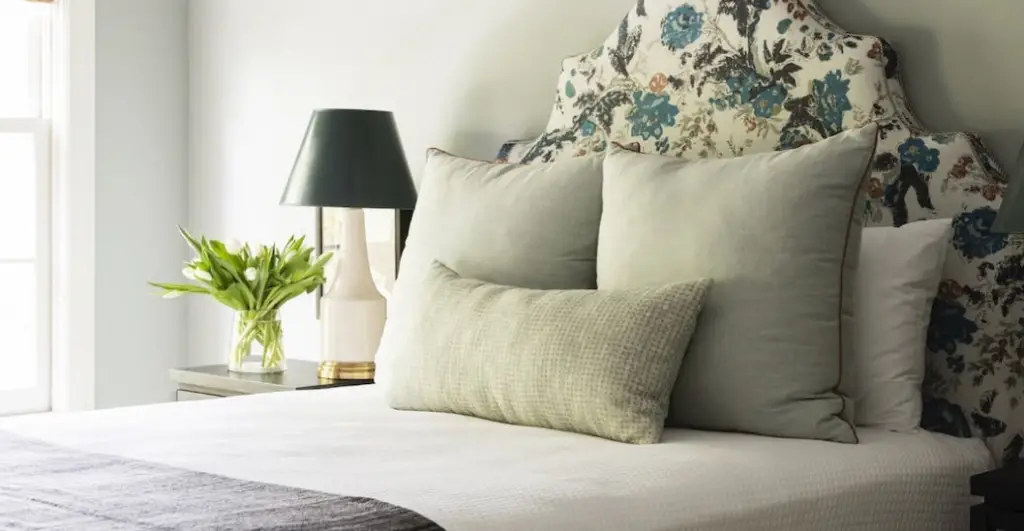Choosing the right mattress is crucial for achieving restful sleep and maintaining overall health. A good mattress supports your body, aligns your spine, and helps prevent aches and pains. The optimal mattress for healthy sleep is typically medium-firm, providing a balance of comfort and support.
When selecting a mattress, consider your sleeping position, body type, and any specific health concerns. Side sleepers may prefer a slightly softer surface to cushion their hips and shoulders, while back and stomach sleepers often benefit from firmer support. Your weight also plays a role – heavier individuals usually need firmer mattresses to prevent excessive sinkage.
Modular mattresses online offer flexibility, allowing you to adjust firmness levels to suit your needs. These customizable options can be particularly helpful if you’re unsure about your ideal firmness or if your preferences change over time. Remember to test a mattress for at least 15 minutes in your typical sleep position before making a decision.

Key Takeaways
- Medium-firm mattresses generally provide the best balance of comfort and support for healthy sleep.
- Consider your sleeping position, body type, and health needs when choosing a mattress.
- Test mattresses thoroughly and explore adjustable options to find your perfect match.
Determining Mattress Specifics for Optimal Comfort and Support
Selecting the right mattress involves considering firmness, support, and compatibility with your body type and sleeping position. These factors work together to provide the comfort and pressure relief needed for quality sleep.
Understanding Mattress Firmness and Support
Mattress firmness ranges from extra soft to extra firm. Medium-firm mattresses often provide a balance of comfort and support suitable for many sleepers. The Sleep Foundation recommends medium-firm options for various sleep types.
Firmness is rated on a scale of 1-10, with 1 being extremely soft and 10 being very firm. Most people find comfort in the 5-7 range. However, personal preference plays a significant role.
Support refers to how well a mattress maintains proper spinal alignment. A supportive mattress prevents excessive sinking while contouring to the body’s curves.
Selecting the Right Mattress Type
Different mattress types offer varying levels of support and comfort:
- Memory foam: Conforms to the body, providing pressure relief
- Latex: Offers bounce and responsiveness with natural cooling properties
- Innerspring: Provides traditional support with a bouncy feel
- Hybrid: Combines coils with foam or latex for balanced support and comfort
Each type has unique characteristics that cater to different sleep needs. For instance, memory foam may benefit those with joint pain, while innerspring mattresses suit those who prefer a firmer surface.
Considering Sleeping Position and Body Type
Sleeping position influences mattress choice:
- Back sleepers often prefer medium-firm to firm mattresses for spinal support
- Side sleepers typically need softer surfaces to cushion hips and shoulders
- Stomach sleepers usually require firmer mattresses to prevent lower back arching
Body weight also affects mattress selection. Heavier individuals (over 230 pounds) may need firmer, thicker mattresses to prevent excessive sinking. Lighter individuals often find comfort on softer surfaces.
Combination sleepers benefit from responsive mattresses that allow easy position changes. A medium-firm mattress with a thickness of 10-12 inches often suits various sleep styles and body types.
Practical Considerations for Mattress Selection

Selecting the right mattress involves evaluating size requirements, budget constraints, and purchasing options. These factors play a crucial role in finding a mattress that meets your needs and enhances sleep quality.
Evaluating Mattress Size and Bedroom Space
Mattress size impacts both comfort and room layout. A king (76″ x 80″) or California king (72″ x 84″) offers ample space for couples or those who prefer extra room. Queen (60″ x 80″) suits most master bedrooms. Full (54″ x 75″) works well for single sleepers or smaller spaces. Twin (38″ x 75″) and Twin XL (38″ x 80″) are ideal for children’s rooms or college dorms.
Measure your bedroom to ensure proper fit. Allow at least 2 feet of walking space around the bed. Consider door clearance and stairway width for delivery.
Balancing Quality and Budget
Mattress prices vary widely based on materials, construction, and brand. Set a realistic budget, but avoid compromising on quality. Higher-priced options often offer better durability and comfort features.
Look for sales events or holiday promotions to maximize value. Compare warranties and expected lifespan. A mattress is a long-term investment in your health and well-being.
Consider financing options if available, but be cautious of high interest rates.
Convenience and Services
Many retailers offer convenient shopping experiences. Online mattress companies provide detailed product information, customer reviews, and easy comparison tools. In-store shopping allows for hands-on testing.
Look for companies offering free delivery and setup. A generous sleep trial period (typically 100 nights or more) allows ample time to assess comfort. Check return policies and any associated fees.
Some brands provide old mattress removal, simplifying the replacement process. White-glove delivery services can be helpful for those unable to set up heavy mattresses themselves.
Conclusion

Choosing the right mattress is crucial for healthy sleep. The ideal mattress balances comfort and support based on individual needs. Key factors include sleeping position, body type, firmness preference, and mattress size. Regular replacement of mattresses every 8-10 years helps maintain optimal sleep quality as bodies and needs change over time.
Thanks to onebed.com.au for consulting on this post.
























